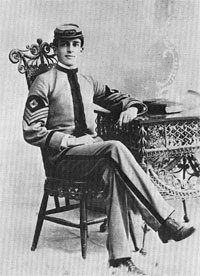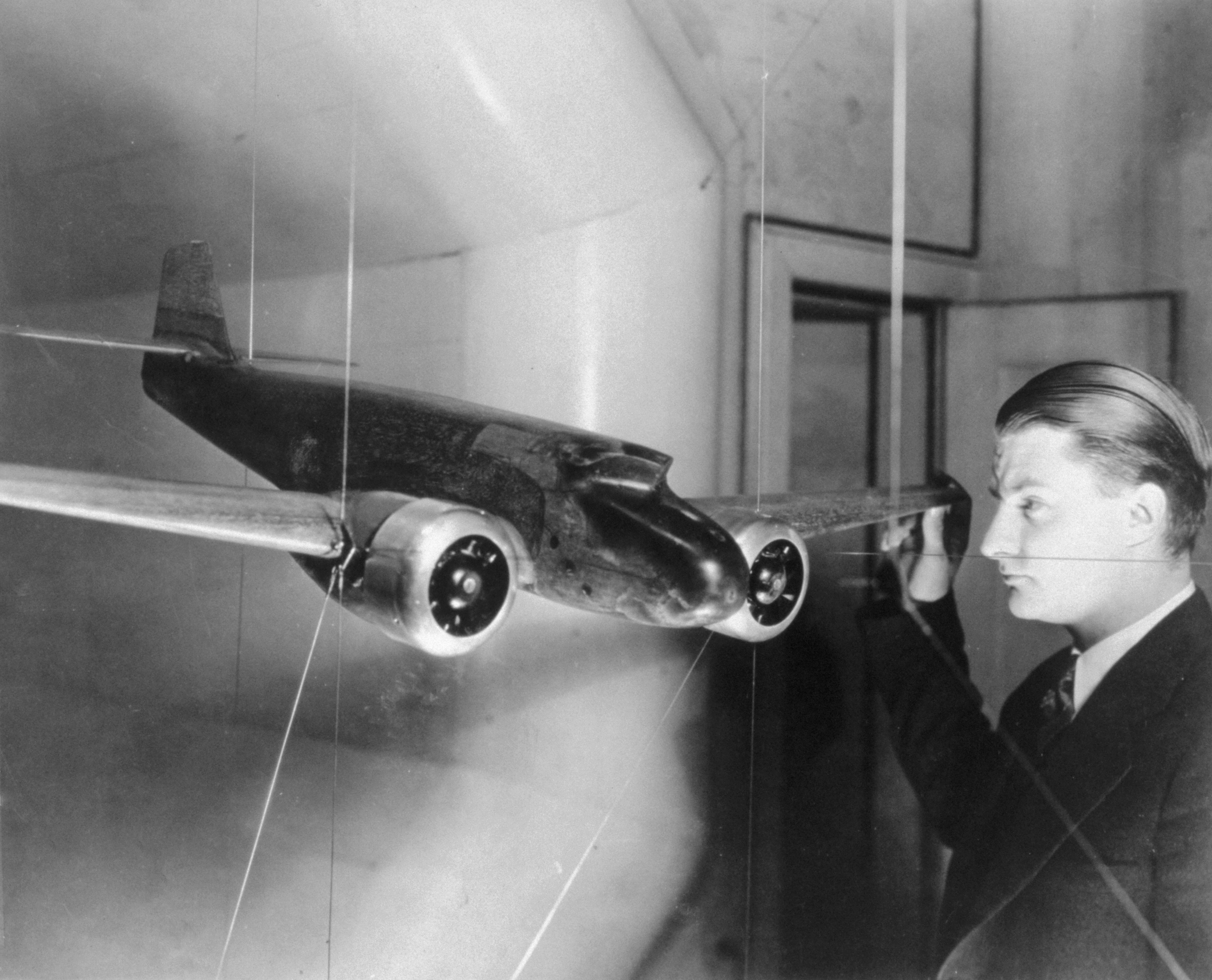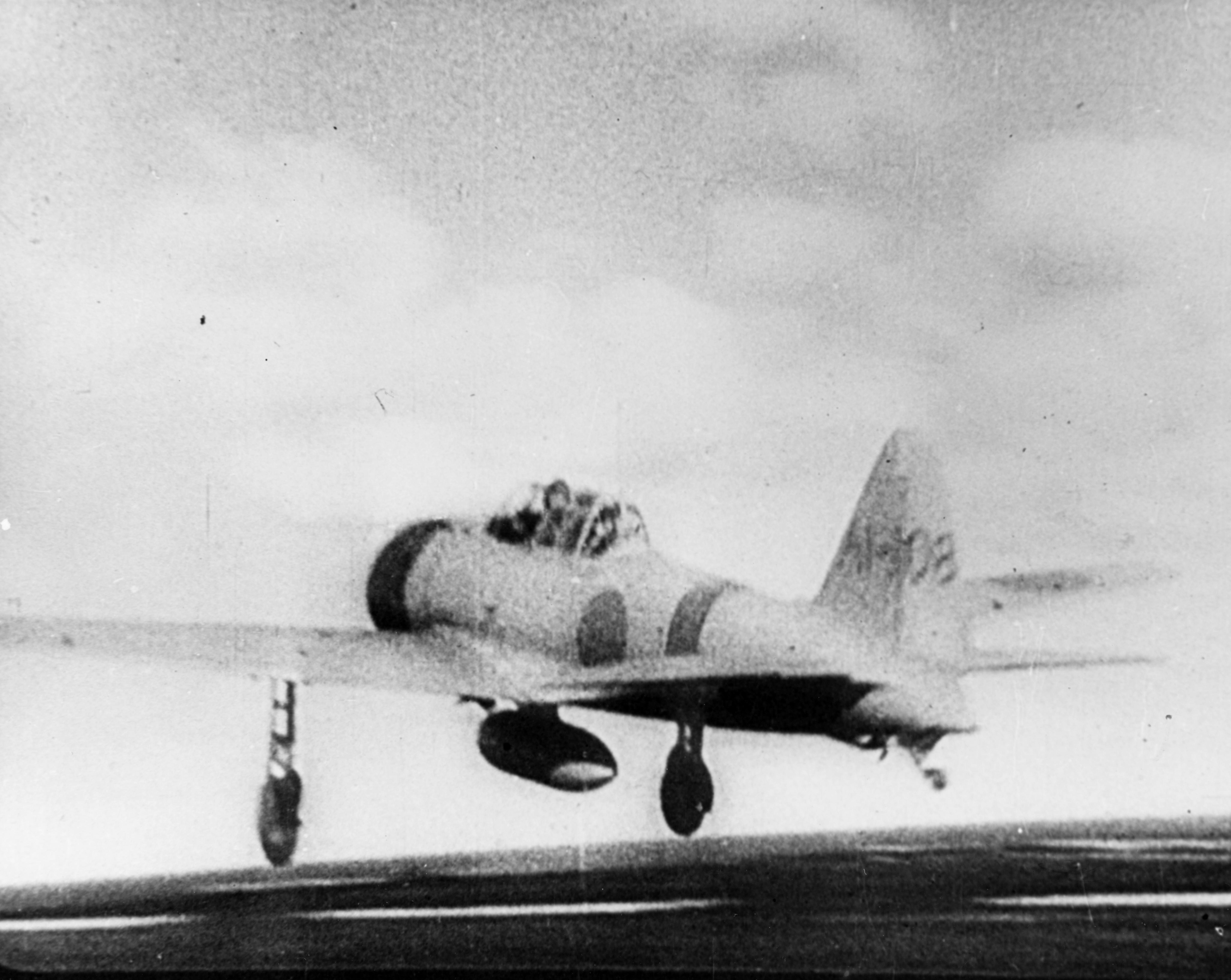|
1 Wireless Unit
No. 1 Wireless Unit RAAF was an Australian signals intelligence unit of World War II. The Unit was established on 25 April 1942. This name which was the formalised name given to the small RAAF Intercept Station operating in two back-to-back houses at 21 Sycamore Street and 24 French Street in the suburb of Pimlico in Townsville established by Wing Commander Booth in March 1942. 1 Wireless unit became part of the larger Central Bureau established under Macarthur and comprised 7 RAAF, 1 AMF and 4 United States Army personnel in No. 1 Wireless Unit at Townsville. Flight Lieutenant Blakely was the first Commanding Officer. He was assisted by Captain H. Brown, US Army, and four US Air Force sergeants who were experienced in Sigint and who had escaped to Australia from the Philippines. History The first seven RAAF personnel to be trained as part of No. 1 Wireless Unit in a "special intelligence" course were trained at Victoria Barracks in Melbourne in July 1941. They were the fir ... [...More Info...] [...Related Items...] OR: [Wikipedia] [Google] [Baidu] |
Signals Intelligence
Signals intelligence (SIGINT) is intelligence-gathering by interception of ''signals'', whether communications between people (communications intelligence—abbreviated to COMINT) or from electronic signals not directly used in communication (electronic intelligence—abbreviated to ELINT). Signals intelligence is a subset of intelligence collection management. As classified and sensitive information is usually encrypted, signals intelligence in turn involves the use of cryptanalysis to decipher the messages. Traffic analysis—the study of who is signaling whom and in what quantity—is also used to integrate information again. History Origins Electronic interceptions appeared as early as 1900, during the Boer War of 1899–1902. The British Royal Navy had installed wireless sets produced by Marconi on board their ships in the late 1890s, and the British Army used some limited wireless signalling. The Boers captured some wireless sets and used them to make vital transmis ... [...More Info...] [...Related Items...] OR: [Wikipedia] [Google] [Baidu] |
Kendari
Kendari is the capital city of the Indonesian province of Southeast Sulawesi. With a population of 345,107 according to the 2020 census, it is the most populous city in the province, and the fourth most on Sulawesi. The city covers an area of , or about 0.7 percent of Southeast Sulawesi's land area. Located on Kendari Bay, it continues to be an important trade center, with the province's main port and airport. It is the economic and educational center of the province, home to various universities and colleges. Kendari has the highest Human Development Index (HDI) in Sulawesi. History Etymology The word ''"Kendari"'' is thought to come from a version of the word ''"Kandai"'', meaning a tool made of bamboo and wooden planks to push boats away from a dock. Over time, the pronunciation changed, and the city is now officially known as Kendari. Early history The Bay of Kendari has been known since the 15th century and appears on Portuguese chartered maps, marked with the name "' ... [...More Info...] [...Related Items...] OR: [Wikipedia] [Google] [Baidu] |
Military Units And Formations Of The Royal Australian Air Force In World War II
A military, also known collectively as armed forces, is a heavily armed, highly organized force primarily intended for warfare. It is typically authorized and maintained by a sovereign state, with its members identifiable by their distinct military uniform. It may consist of one or more military branches such as an army, navy, air force, space force, marines, or coast guard. The main task of the military is usually defined as defence of the state and its interests against external armed threats. In broad usage, the terms ''armed forces'' and ''military'' are often treated as synonymous, although in technical usage a distinction is sometimes made in which a country's armed forces may include both its military and other paramilitary forces. There are various forms of irregular military forces, not belonging to a recognized state; though they share many attributes with regular military forces, they are less often referred to as simply ''military''. A nation's military may f ... [...More Info...] [...Related Items...] OR: [Wikipedia] [Google] [Baidu] |
Lae Nadzab Airport
Lae Nadzab Airport is a regional airport located at Nadzab outside Lae, Morobe Province, Papua New Guinea along the Highlands Highway. It is served by both private and regional aircraft with domestic flights. The airport replaced the Lae Airfield in 1977. Nadzab is located on the Erap River, North of the Markham River. The settlements of Gabmatsung/Gabmatzung and Gabsonkek are located on the East side of the airport. History In about 1910 the Gabmatsung/Gabmazung Lutheran mission station was established at Nadzab. and established an airfield for use by small planes until the outbreak of the Pacific War when it became overgrown with dense kunai grass. World War II In March 1942, the Japanese occupied Lae and Salamaua. Between April 1943 and July 1943, the Allied Geographical Section of South West Pacific Area (command) conducted reconnaissance after the Japanese invasion. The Terrain Handbook states at page 18: ''Nazdab is located twenty-seven miles NW of Lae by ... [...More Info...] [...Related Items...] OR: [Wikipedia] [Google] [Baidu] |
Douglas MacArthur
Douglas MacArthur (26 January 18805 April 1964) was an American military leader who served as General of the Army for the United States, as well as a field marshal to the Philippine Army. He had served with distinction in World War I, was Chief of Staff of the United States Army during the 1930s, and he played a prominent role in the Pacific theater during World War II. MacArthur was nominated for the Medal of Honor three times, and received it for his service in the Philippines campaign. This made him along with his father Arthur MacArthur Jr. the first father and son to be awarded the medal. He was one of only five men to rise to the rank of General of the Army in the U.S. Army, and the only one conferred the rank of field marshal in the Philippine Army. Raised in a military family in the American Old West, MacArthur was valedictorian at the West Texas Military Academy where he finished high school, and First Captain at the United States Military Academy at West Point ... [...More Info...] [...Related Items...] OR: [Wikipedia] [Google] [Baidu] |
Lockheed Model 10 Electra
The Lockheed Model 10 Electra is an American twin-engined, all-metal monoplane airliner developed by the Lockheed Aircraft Corporation in the 1930s to compete with the Boeing 247 and Douglas DC-2. The type gained considerable fame as one was flown by Amelia Earhart on her ill-fated around-the-world expedition in 1937. Design and development Some of Lockheed's wooden designs, such as the Orion, had been built by Detroit Aircraft Corporation with metal fuselages. However, the Electra was Lockheed's first all-metal and twin-engined design by Lloyd Stearman and Hall Hibbard. The name Electra came from a star in the Pleiades. The prototype made its first flight on February 23, 1934, with Marshall Headle at the controls. Wind-tunnel work on the Electra was undertaken at the University of Michigan. Much of the work was performed by a student assistant, Clarence Johnson. He suggested two changes be made to the design: changing the single tail to double tails (later a Lockheed trade ... [...More Info...] [...Related Items...] OR: [Wikipedia] [Google] [Baidu] |
Mitsubishi G4M
The Mitsubishi G4M was a twin-engine, land-based medium bomber formerly manufactured by the Mitsubishi Aircraft Company, a part of Mitsubishi Heavy Industries, and operated by the Imperial Japanese Navy from 1940 to 1945. Its official designation is and was commonly referred to by Japanese Navy pilots as due to the cylindrical shape of its fuselage and its penchant for igniting after a hit. The Allied reporting name was "Betty". Designed to a strict specification to succeed the Mitsubishi G3M already in service, the G4M boasted very good performance and excellent range and was considered the best land-based naval bomber at the time. This was achieved by its structural lightness and an almost total lack of protection for the crew, with no armor plating or self-sealing fuel tanks. The G4M was officially adopted on 2 April 1941 but the aforementioned problems would prove to be a severe drawback, often suffering heavy losses; Allied fighter pilots nicknamed the G4M "The Flying L ... [...More Info...] [...Related Items...] OR: [Wikipedia] [Google] [Baidu] |
Japanese Zero
The Mitsubishi A6M "Zero" is a long-range carrier-based fighter aircraft formerly manufactured by Mitsubishi Aircraft Company, a part of Mitsubishi Heavy Industries, and was operated by the Imperial Japanese Navy from 1940 to 1945. The A6M was designated as the , or the Mitsubishi A6M Rei-sen. The A6M was usually referred to by its pilots as the ''Reisen'' (, zero fighter), "0" being the last digit of the imperial year 2600 (1940) when it entered service with the Imperial Navy. The official Allied reporting name was "Zeke", although the name "Zero" (from Type 0) was used colloquially as well. The Zero is considered to have been the most capable carrier-based fighter in the world when it was introduced early in World War II, combining excellent maneuverability and very long range.Hawks, Chuck"The Best Fighter Planes of World War II" chuckhawks.com. Retrieved: 18 January 2007. The Imperial Japanese Navy Air Service (IJNAS) also frequently used it as a land-based fighter. In ear ... [...More Info...] [...Related Items...] OR: [Wikipedia] [Google] [Baidu] |
De Havilland Dragon Rapide
The de Havilland DH.89 Dragon Rapide is a 1930s short-haul biplane airliner developed and produced by British aircraft company de Havilland. Capable of accommodating 6–8 passengers, it proved an economical and durable craft, despite its relatively primitive plywood construction. Developed during the early 1930s, the Dragon Rapide was essentially a smaller, twin-engined version of the four-engined DH.86 Express, and shared a number of common features, such as its tapered wings, streamlined fairings and Gipsy Six engines. First named the "Dragon Six", the type was marketed as "Dragon Rapide" and later simply known as the "Rapide". Upon its introduction in summer 1934, it proved to be a popular aircraft with airlines and private civil operators alike, attaining considerable foreign sales in addition to its domestic use. Upon the outbreak of the World War II, many of the civil Rapides were impressed into service with the Royal Air Force (RAF) and Royal Navy. Referred to in mil ... [...More Info...] [...Related Items...] OR: [Wikipedia] [Google] [Baidu] |
Wyndham, Western Australia
Wyndham is the northernmost town in the Kimberley region of Western Australia, on the Great Northern Highway, northeast of Perth. It was established in 1886 to service a new goldfield at Halls Creek, and it is now a port and service centre for the east Kimberley with a population of 941 as of the 2021 census. Aboriginal and Torres Strait Islander people make up 54% of the population. Wyndham comprises two areas - the original town site at Wyndham Port situated on Cambridge Gulf, and by road to the south, the Three Mile area with the residential and shopping area for the port, also founded in 1886. Wyndham is part of the Shire of Wyndham-East Kimberley. History Wyndham is within traditional Doolboong country. The first European to visit the area was Phillip Parker King in 1819. He was instructed to find a river 'likely to lead to an interior navigation into the great continent'. He sailed into Cambridge Gulf, which he named after the Duke of Cambridge, and then sailed up a ... [...More Info...] [...Related Items...] OR: [Wikipedia] [Google] [Baidu] |






.jpg)
